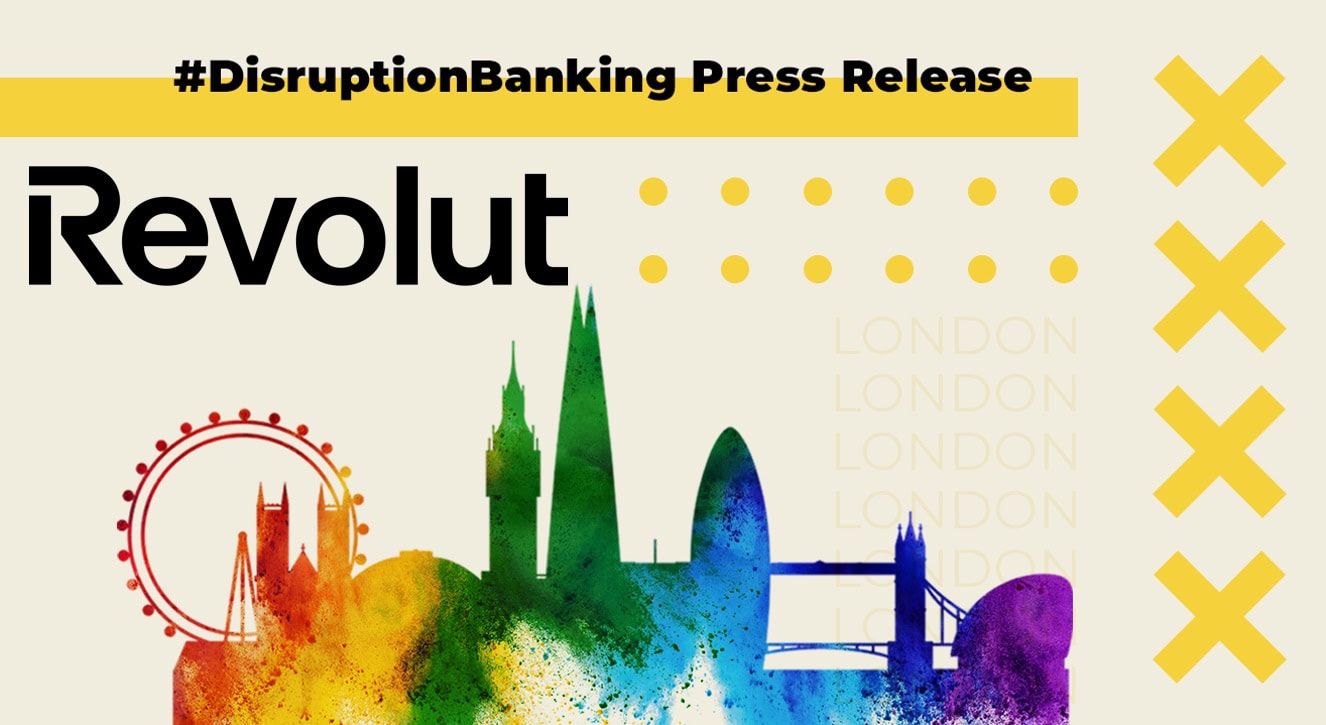Financial technology has significantly transformed the lending landscape. It gave way to alternative processes that are unique to the offerings of a traditional financial institution and improved client experience. Let’s take a closer look at how fintech’s revolutionary changes are shaping the consumer lending process.
Faster and more convenient process
Since most traditional banks rely on manual applications, it often takes them a few weeks or even months to process a loan. With their data-driven technology and processes, fintech lenders make it easier and more convenient for borrowers to secure funding. They leverage high-performance and quality software and automation to handle applications, resulting in enhanced customer experience and relevant workflows.
Increased accessibility
Another significant change brought about by fintech is making capital more accessible to a diverse range of borrowers. Fintech simplified and refined the lending process without compromising the security of all parties involved.
In addition, fintech companies made peer-to-peer lending to borrowers who may not match the profile criteria of conventional banks. These help individuals with poor credit gain access to lending opportunities that they otherwise are not eligible for.
More sustainable alternative solutions
Nowadays, modern borrowers are looking for more flexibility in their financial endeavors. With the rise of fintech, lenders can now develop tailored lending solutions, offer express loans, and use a more customer-centric approach to provide their clients with lending products that suit their specific needs.
By providing borrowers with more personalized solutions, the former is no longer restricted to stringent payment terms that can penalize them in the future, should they want to settle their debts before their loan period ends.
Data utilization
Fintech provides lenders access to essential and relevant information that can help determine the creditworthiness of a potential borrower and the associated risks. With the help of fintech, lending companies can now validate data more efficiently, which can help them make better and more informed decisions. The gathered data is more comprehensive, allowing lenders to create a more detailed customer profile rather than just basing their lending decisions on their client’s credit scores.
Transparency and unbiased process
One integral contribution of fintech to the lending landscape is increased transparency and reduction of bias. Thanks to the rise of fintech, borrowers no longer need to worry if their gender, race, and other demographic factors will prevent them from securing funds. Fintech utilizes algorithms to analyze a potential borrower’s data, behavior, and other relevant information, making the lending landscape a level playing field compared to previous decades.
More savings
Digital innovation can significantly help lenders reduce operational expenses and save more money, especially with the continued rising interest rates. Lending companies can streamline their processes and do away with unnecessary steps, saving precious time, effort, and money.
Endnote
The growth of these fintech entities, combined with the rising and evolving demand of borrowers, has prompted conventional financial institutions and mortgage lenders to embrace digital innovation.
By embracing the changes driven by fintech, financial institutions can provide their clients with better service, develop more relevant offerings, and stay relevant in the competitive financial sector.















